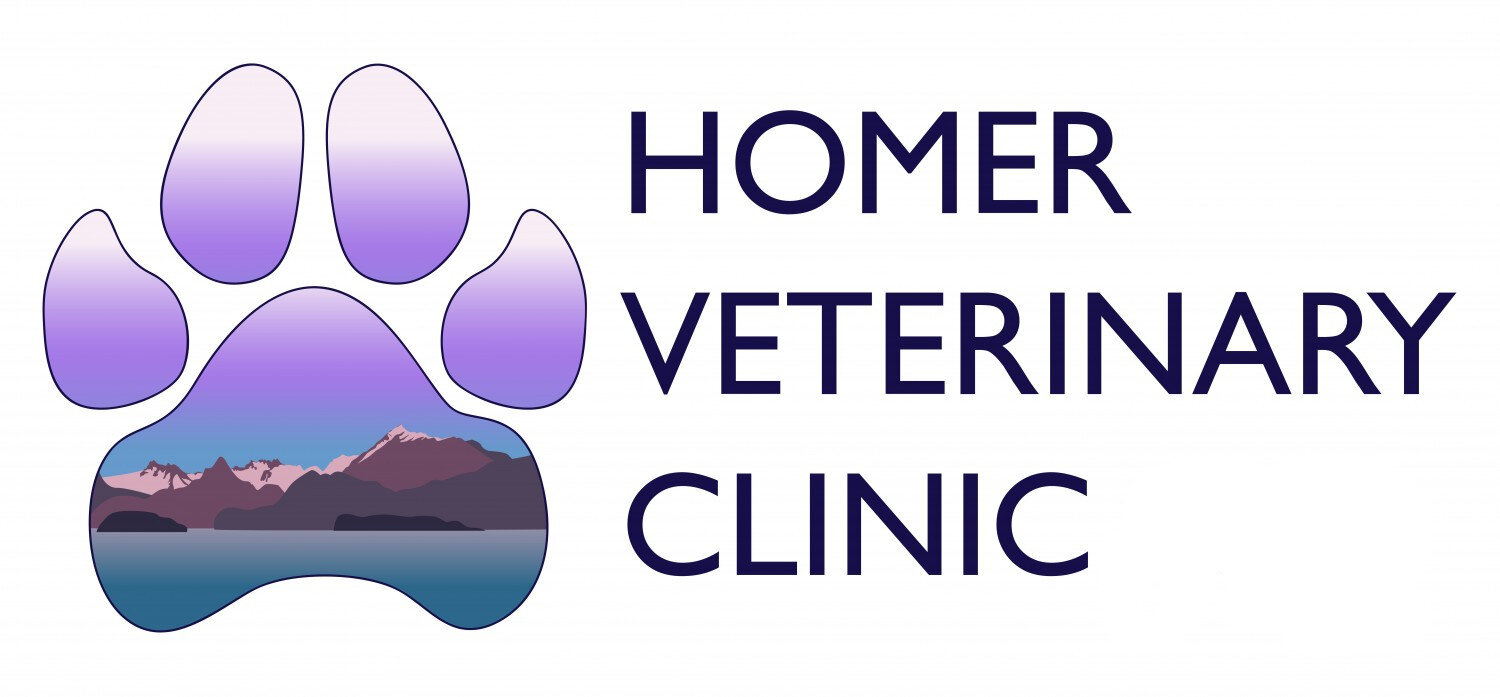
Not all dentals are equal.
What should I ask my veterinarian about dentals?
I just want my vet to scrape the tartar off my pet’s teeth - isn’t that sufficient?
Scraping tartar off your pet’s teeth without probing each tooth or taking x-rays is not sufficient to reveal disease inside your pet’s mouth. Cosmetic scraping of tartar without polishing may do more harm than good to your pet’s teeth. A proper and thorough dental procedure involves examining, probing, and x-raying your pet’s mouth. These procedures can only be properly done in an anesthetized patient.
Why does my pet need to be anesthetized?
Full anesthesia is the only way to perform a thorough dental, which involves probing each tooth and x-raying your pet’s mouth. In order to minimize anesthetic risk, we will perform a thorough physical examination and pre-surgical blood work.
We follow AAHA recommended anesthesia standards and follow the latest protocols for pain management, including performing local anesthetic blocks to ensure your pet is as comfortable as possible.
We have trained veterinary technicians and specialized equipment to monitor parameters such as blood pressure, temperature, oxygenation, CO2 levels, ECG readings, etc., to detect changes before a major problem occurs. Each patient is placed on IV fluids to ensure adequate hydration and blood pressure.
Your pet will be closely monitored throughout the dental and after the procedure as well to ensure a smooth recovery.
Do I really need dental x-rays?
Dental x-rays are absolutely critical in detecting periodontal disease. Often the crown (the part of the tooth that is exposed) may look normal, but the root may be diseased. The only way to know this is to take a dental x-ray. Our technicians and veterinarians have had special training in taking and interpreting dental x-rays, and removing diseased teeth.
